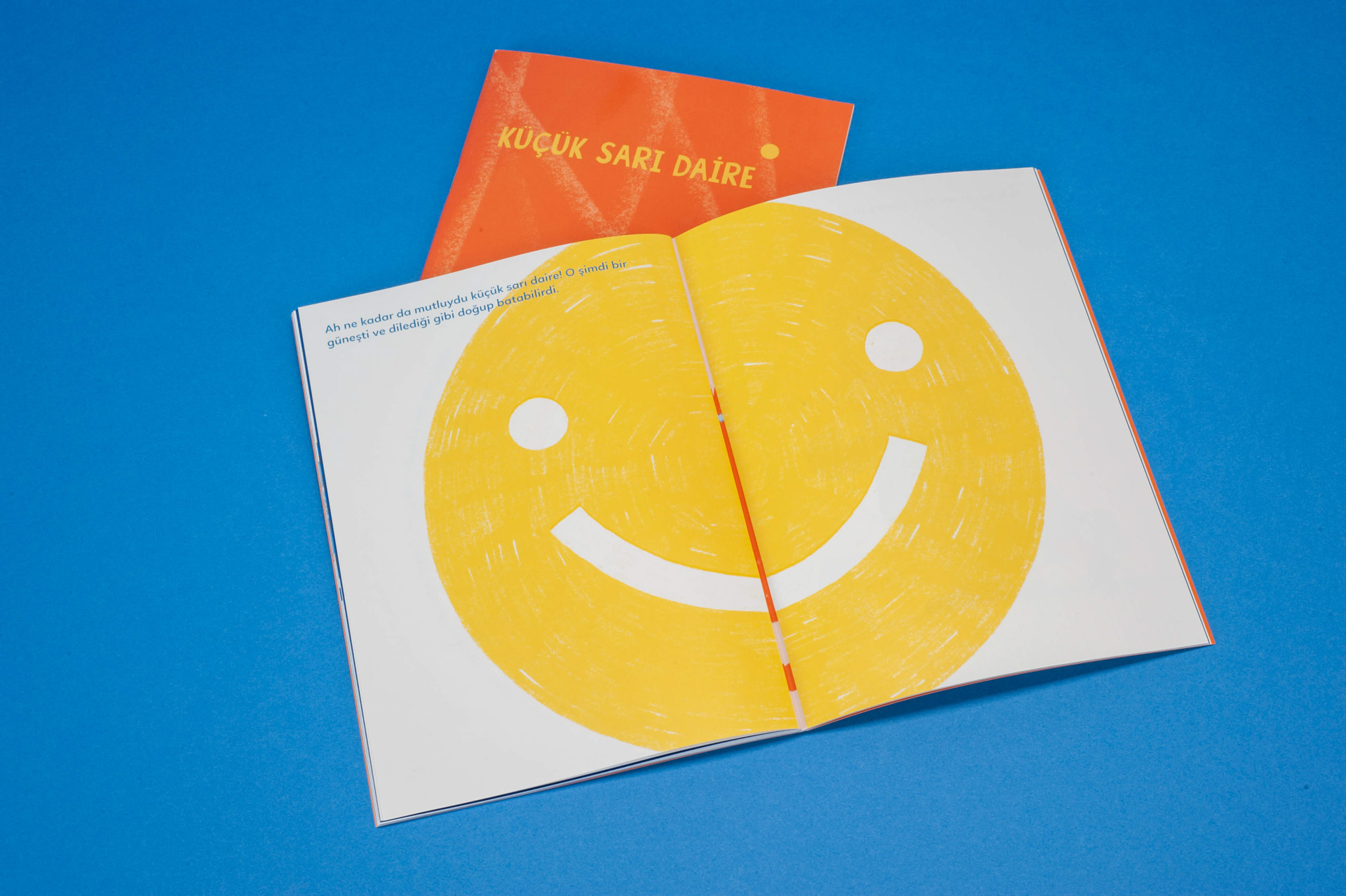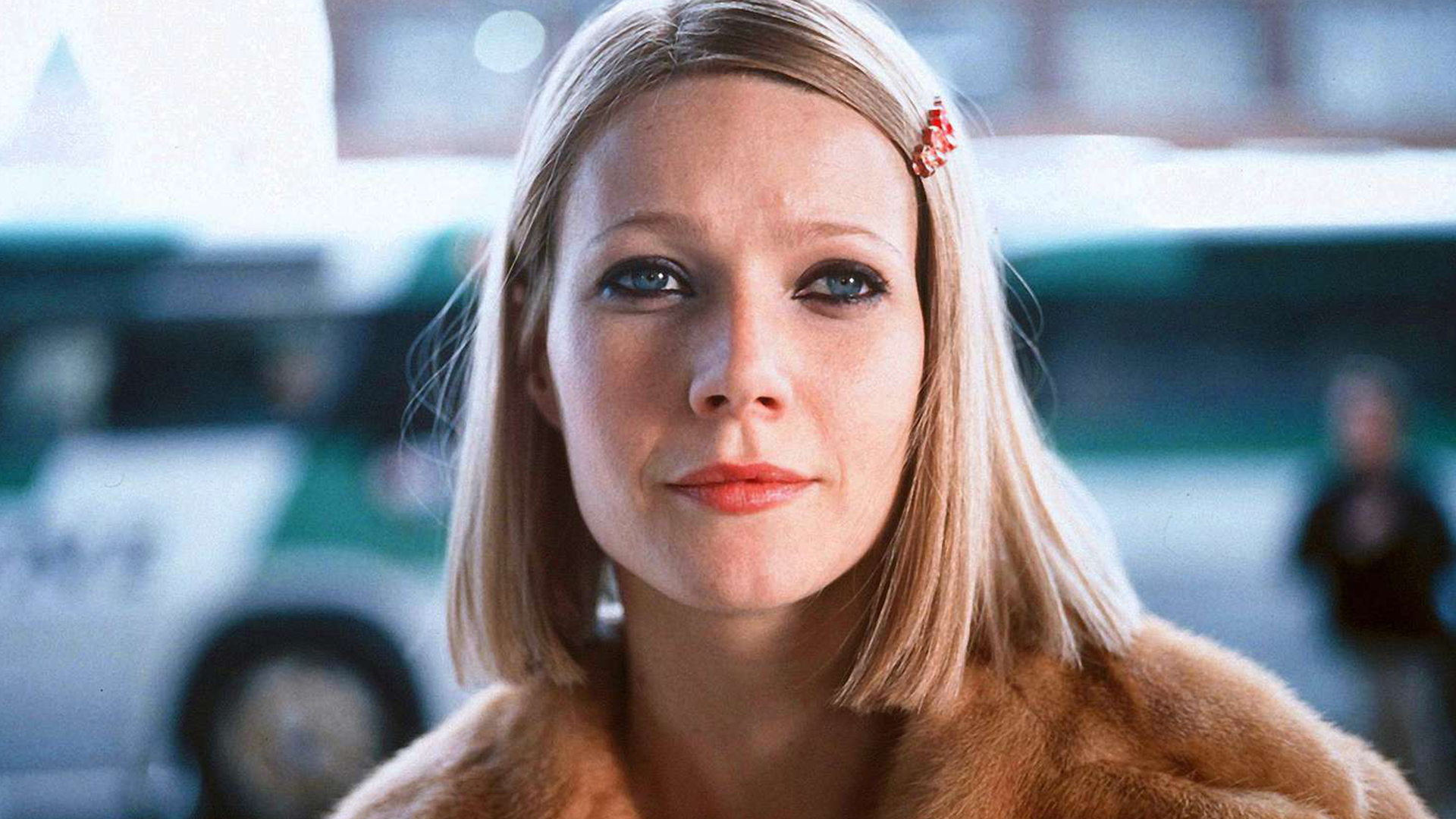A striking example of resisting, struggling and organizing, a 2012 US documentary How to Survive A Plague, demonstrates the TAG (Treatment Action Group), ACT Up (AIDS Coalition to Unleash Power) organizations, the struggle against the social discrimination of the HIV+ individuals, and the adversity that was encountered with the US policies in that period. This film brings to the screens the story of how during the years when AIDS epidemic surfaced vanguard activist groups such as ACT-UP and TAG, by talking to people about AIDS managed to convince people to allocate funds for preventive drugs and raise consciousness. In so doing, the film tackles the issue in the context of negligent US politics. The documentary was nominated for the category of “Best Documentary” in the 85th Oscar Awards.
Trailer

Published as part of Pera Learning programs, “The Little Yellow Circle (Küçük Sarı Daire)” is a children’s book written by Tania Bahar and illustrated by Marina Rico, offering children and adults to a novel learning experience where they can share and discover together.

The New Year is more than just a date change on the calendar. It often marks a turning point where the weight of past experiences is felt or the uncertainty of the future is faced. This season, Pera Film highlights films that delve into themes of hope, regret, nostalgia, and new beginnings.
Tuesday - Saturday 10:00 - 19:00
Friday 10:00 - 22:00
Sunday 12:00 - 18:00
The museum is closed on Mondays.
On Wednesdays, the students can
visit the museum free of admission.
Full ticket: 300 TL
Discounted: 150 TL
Groups: 200 TL (minimum 10 people)